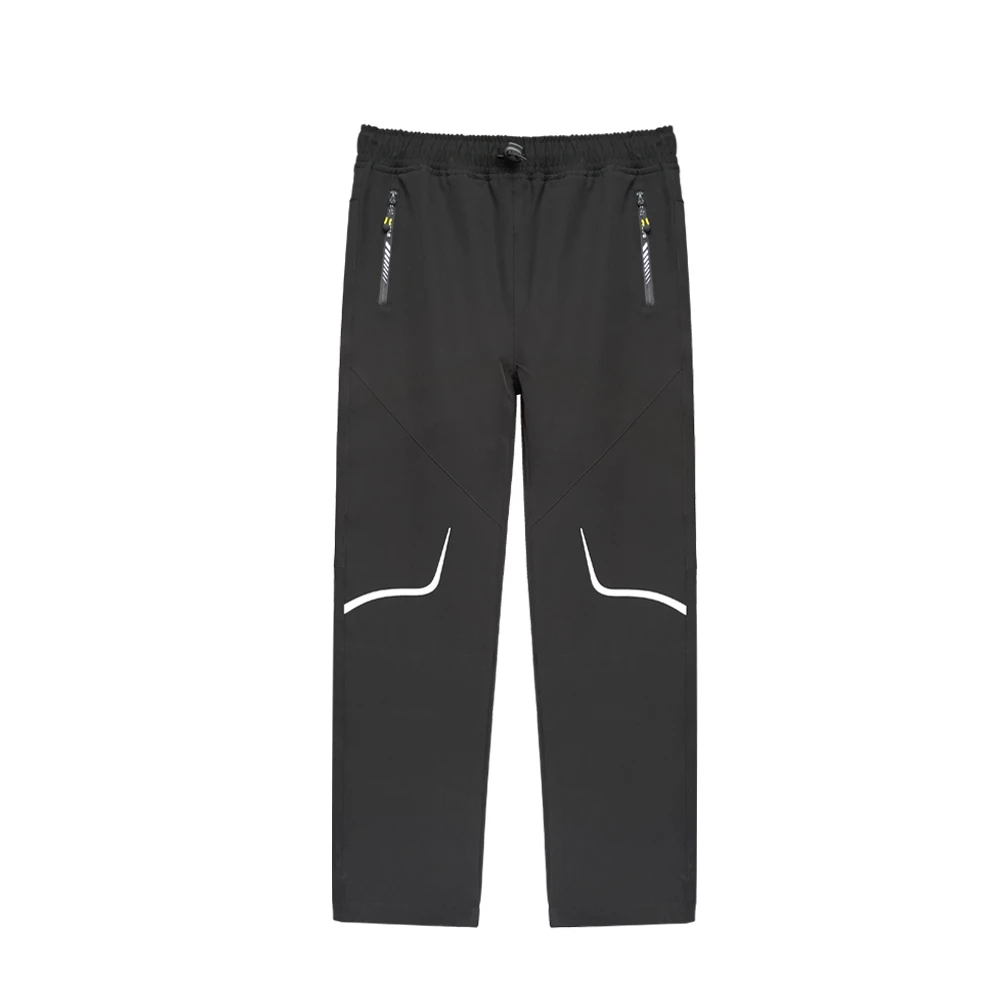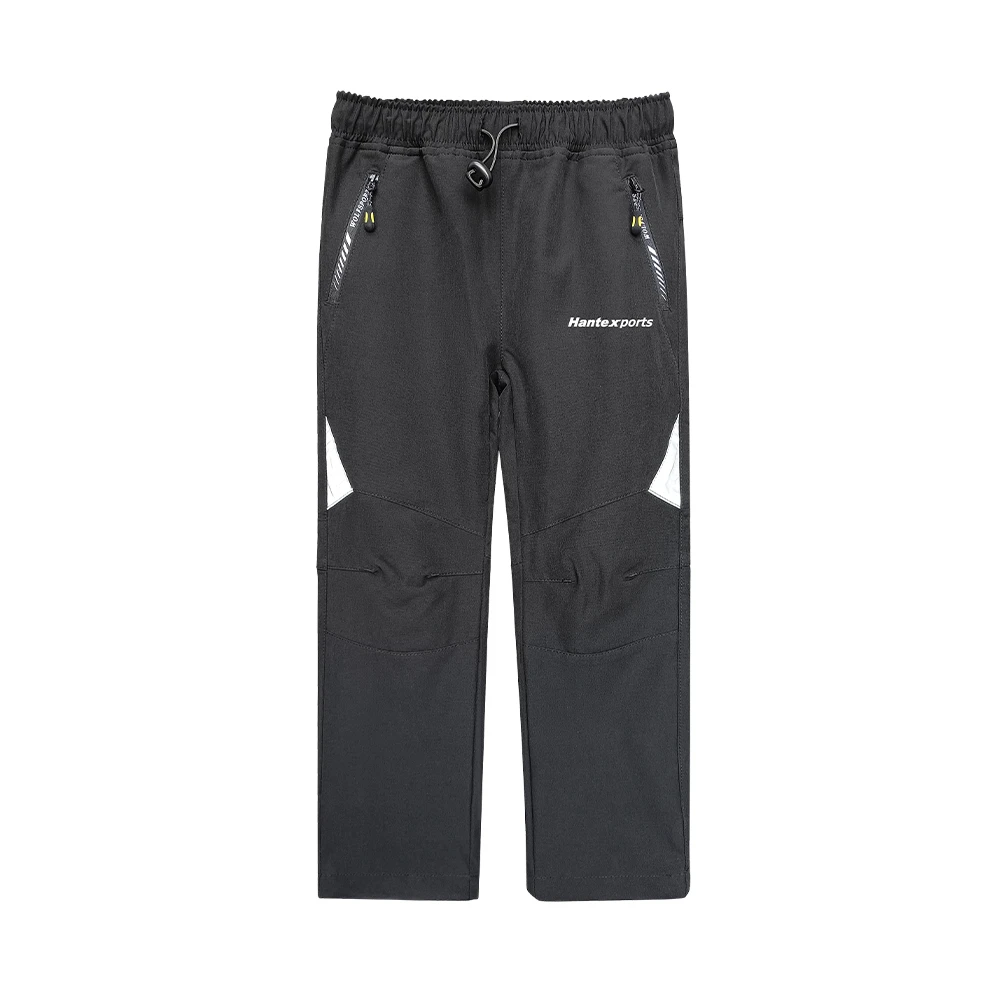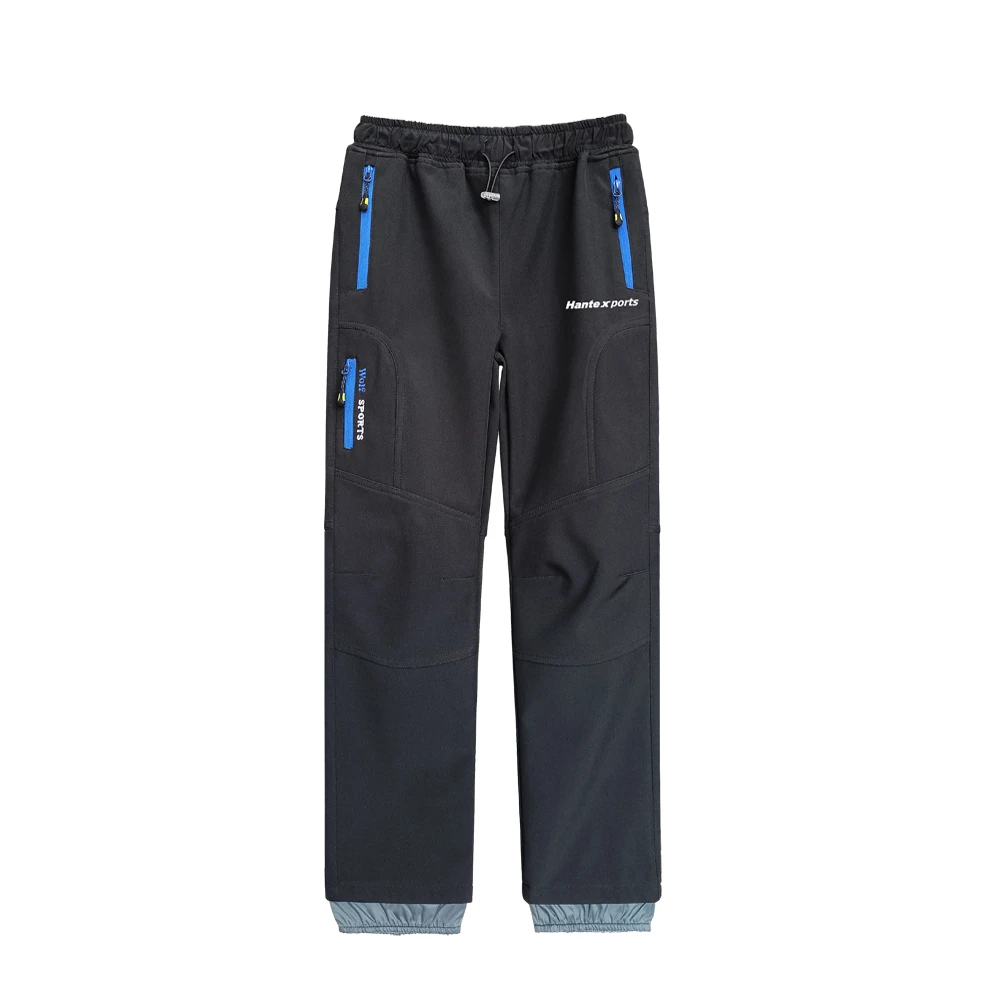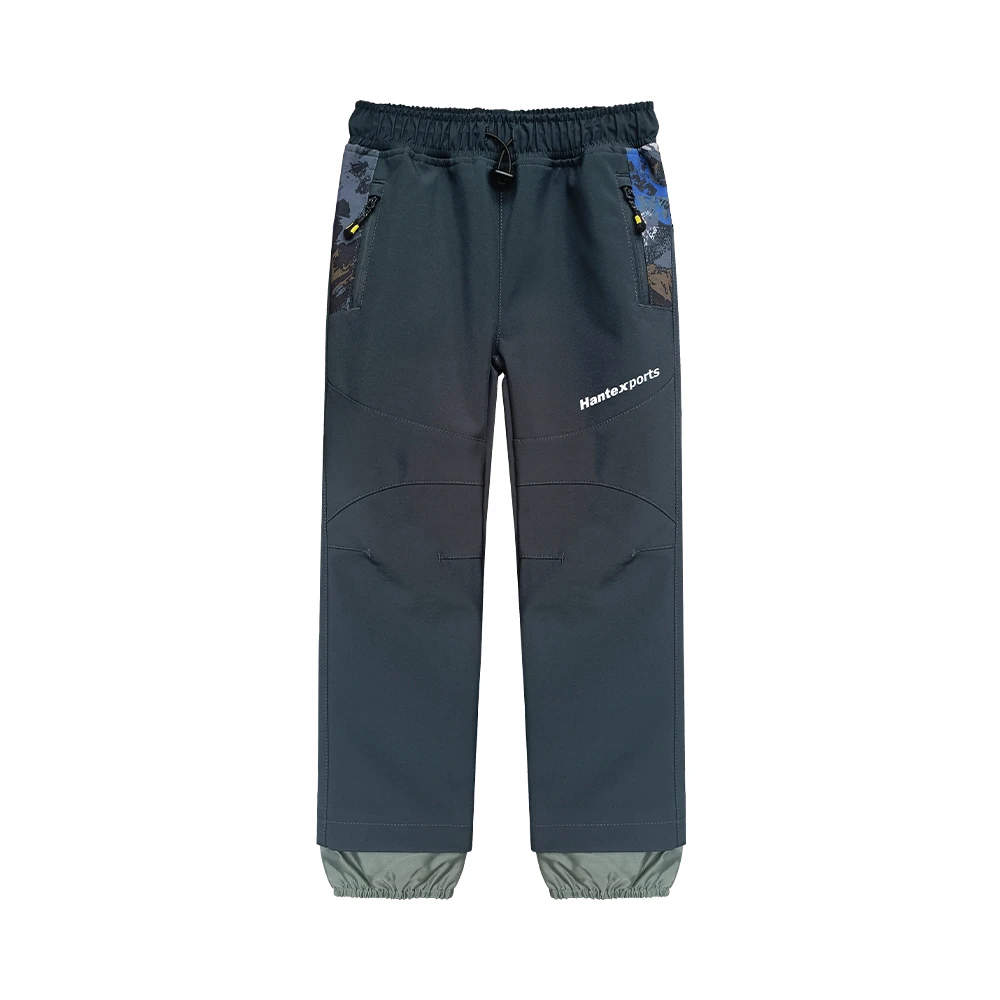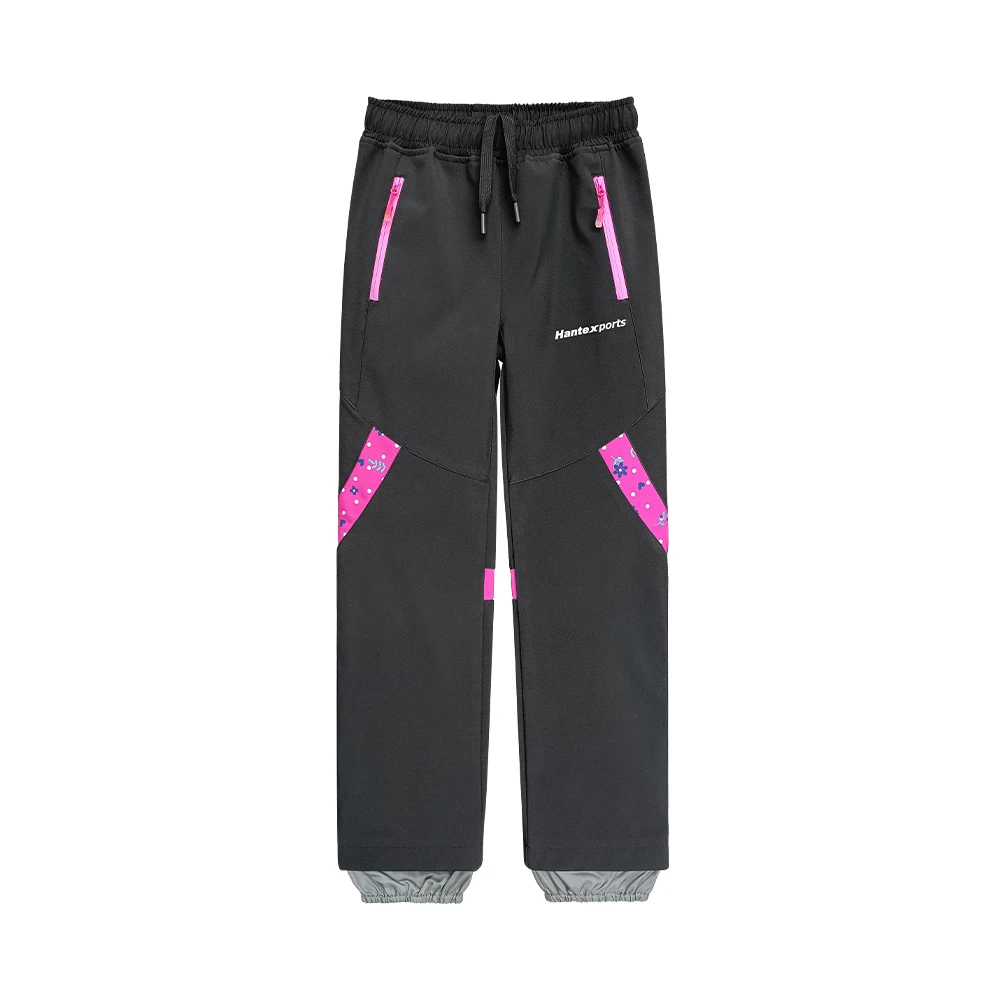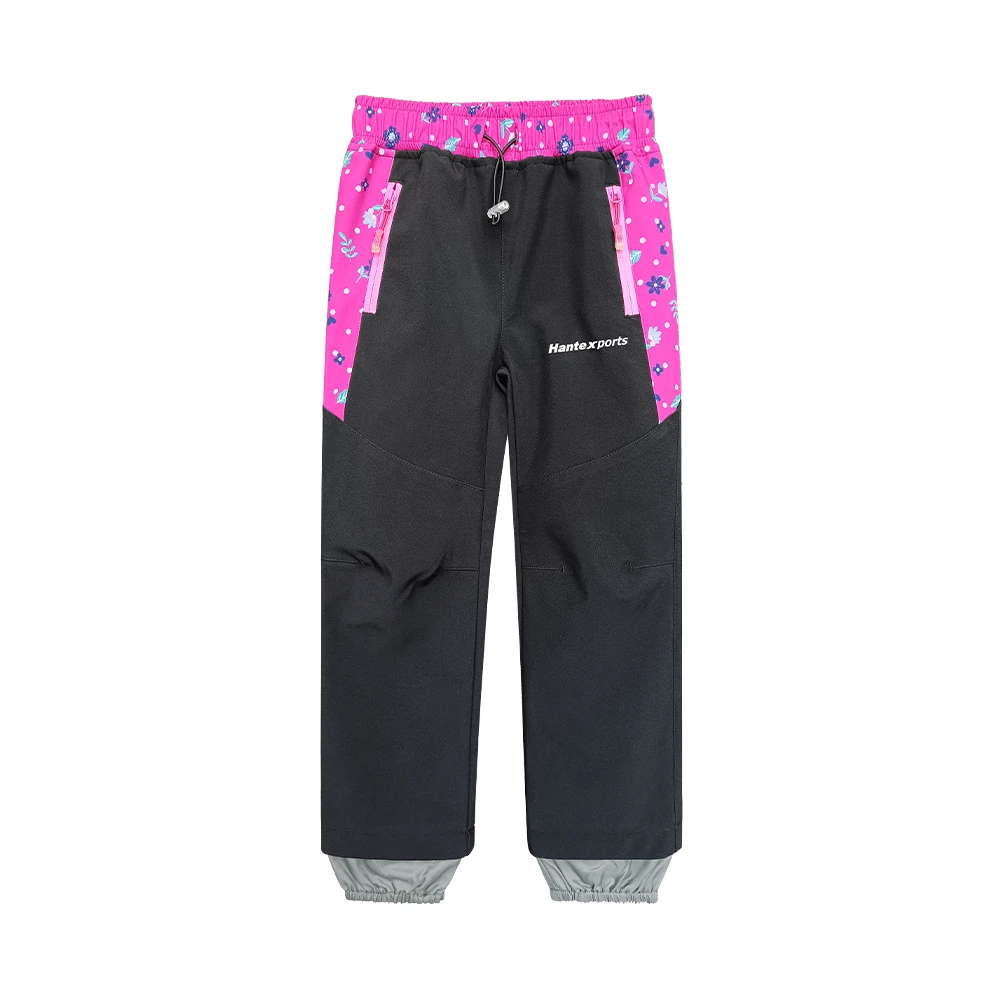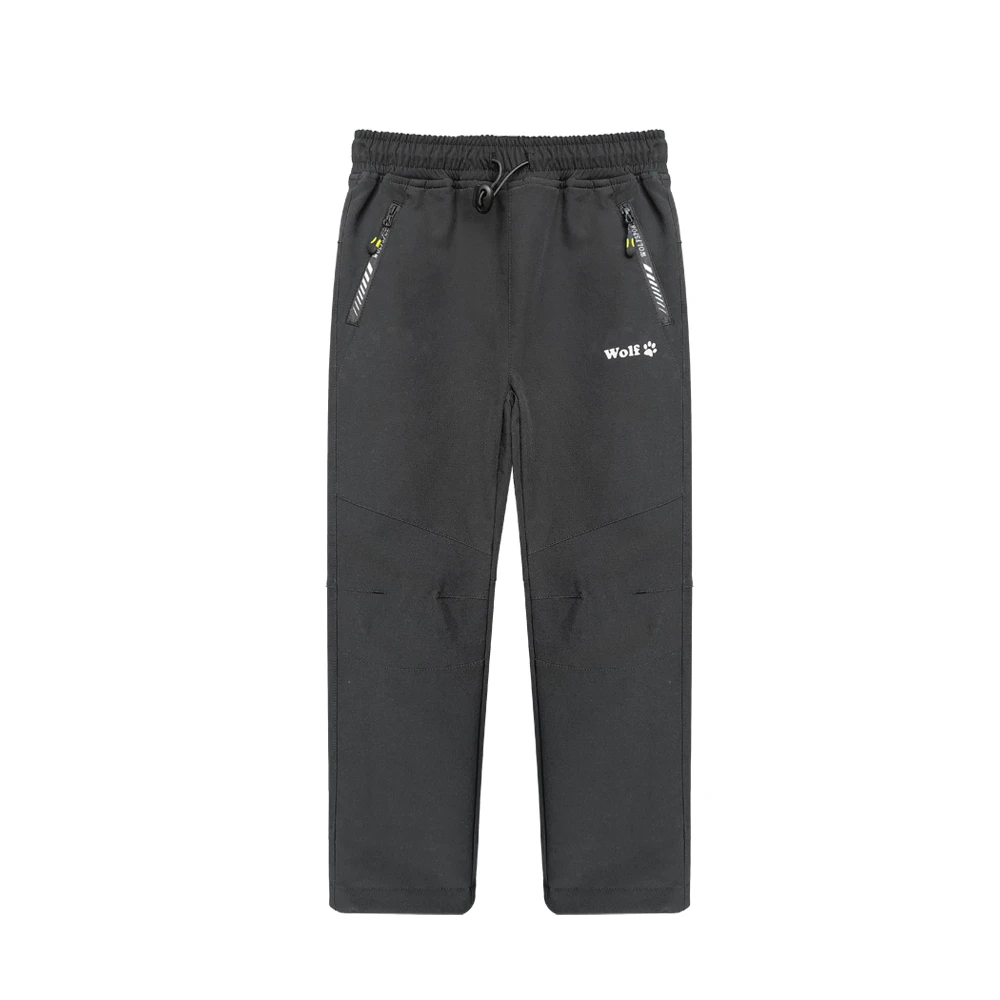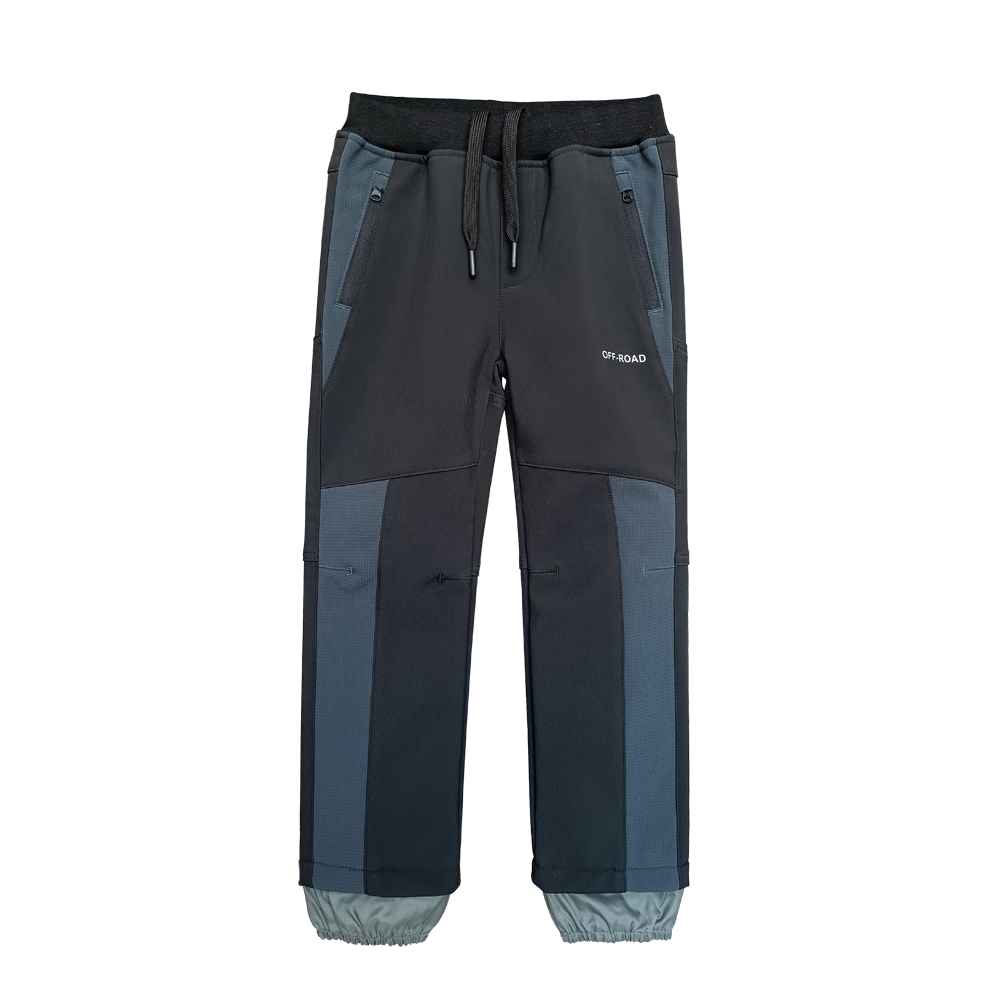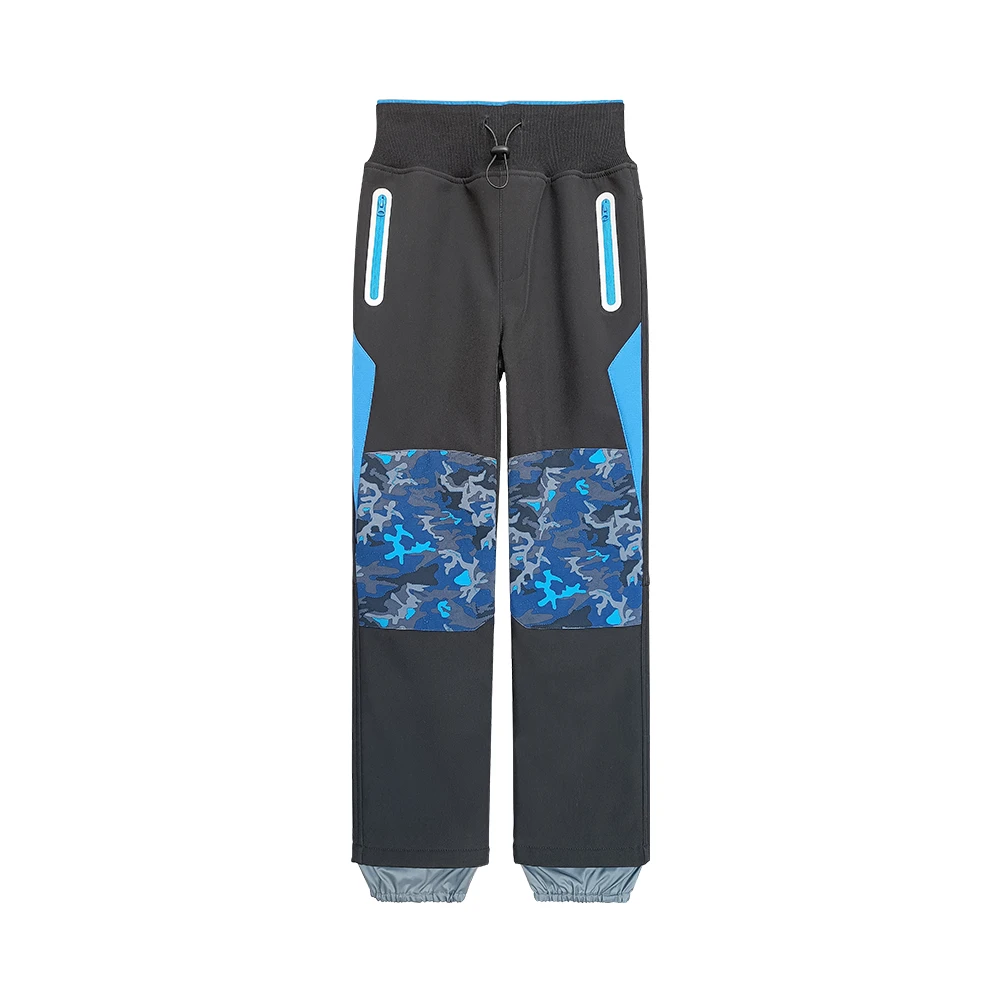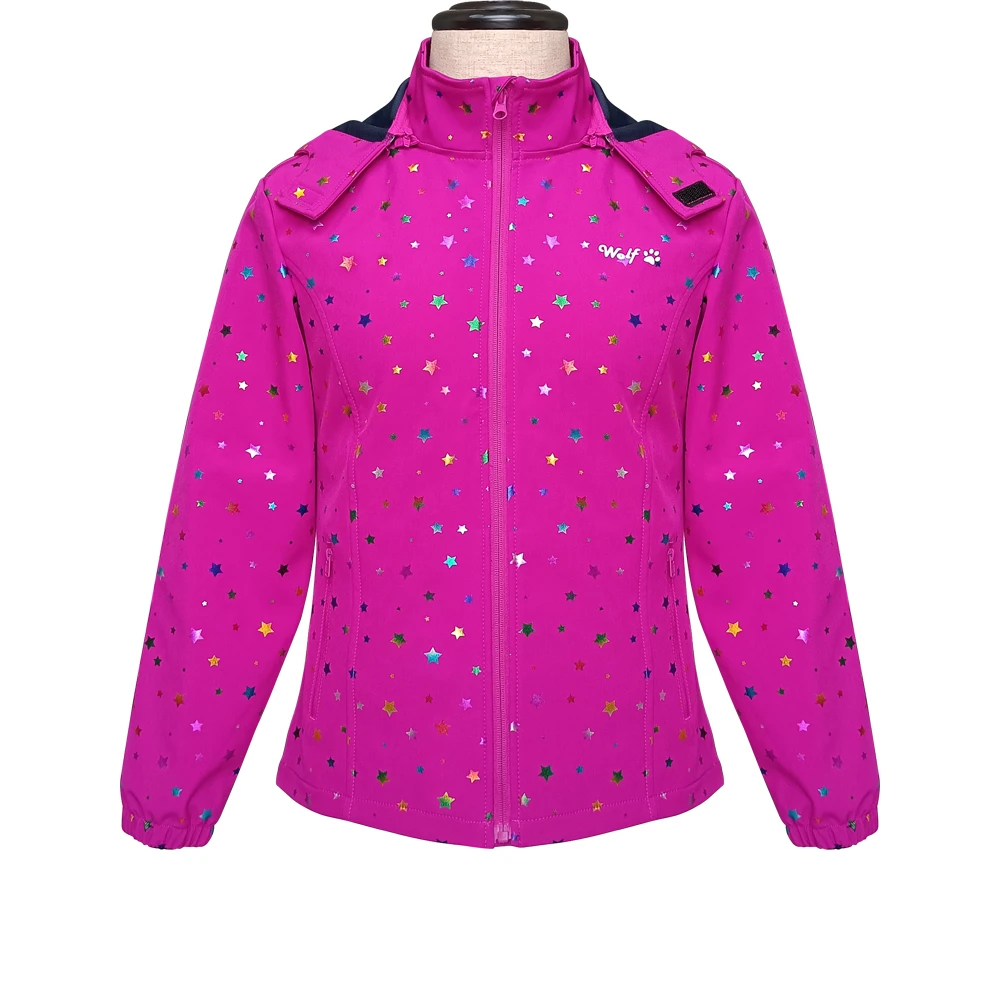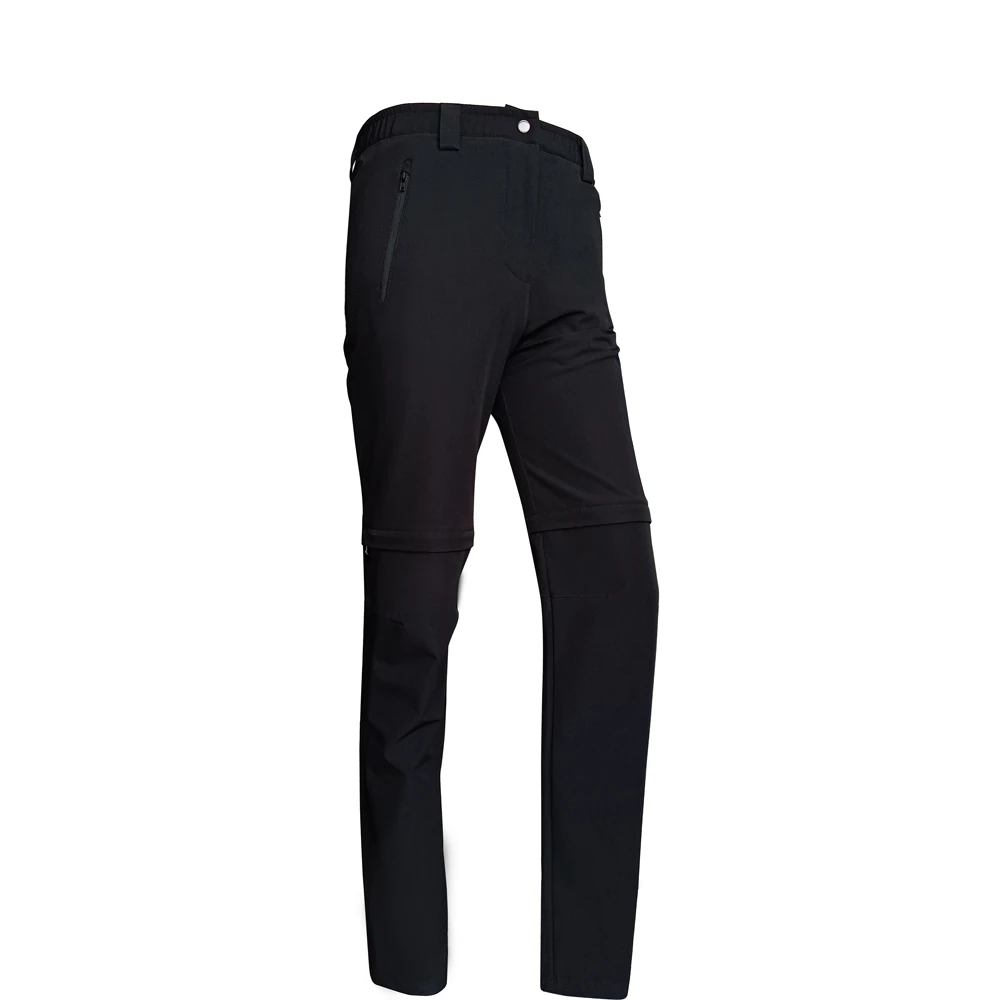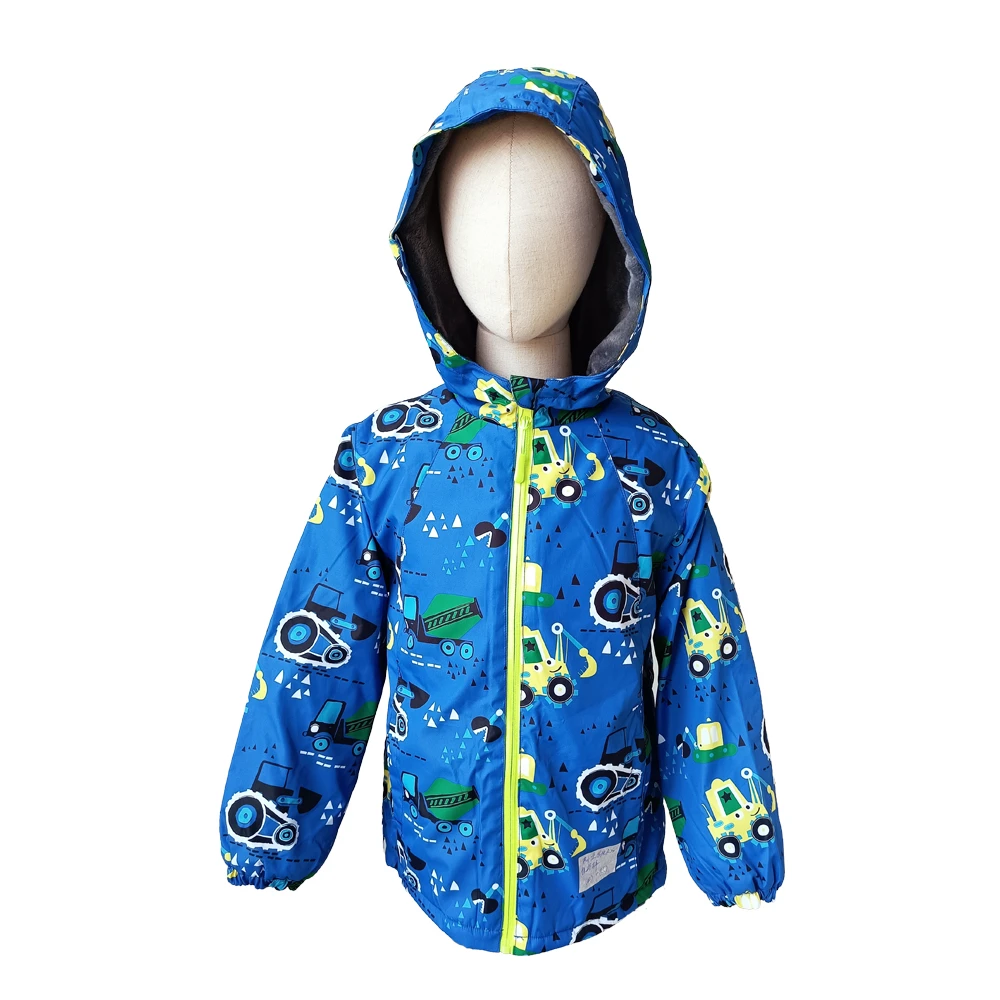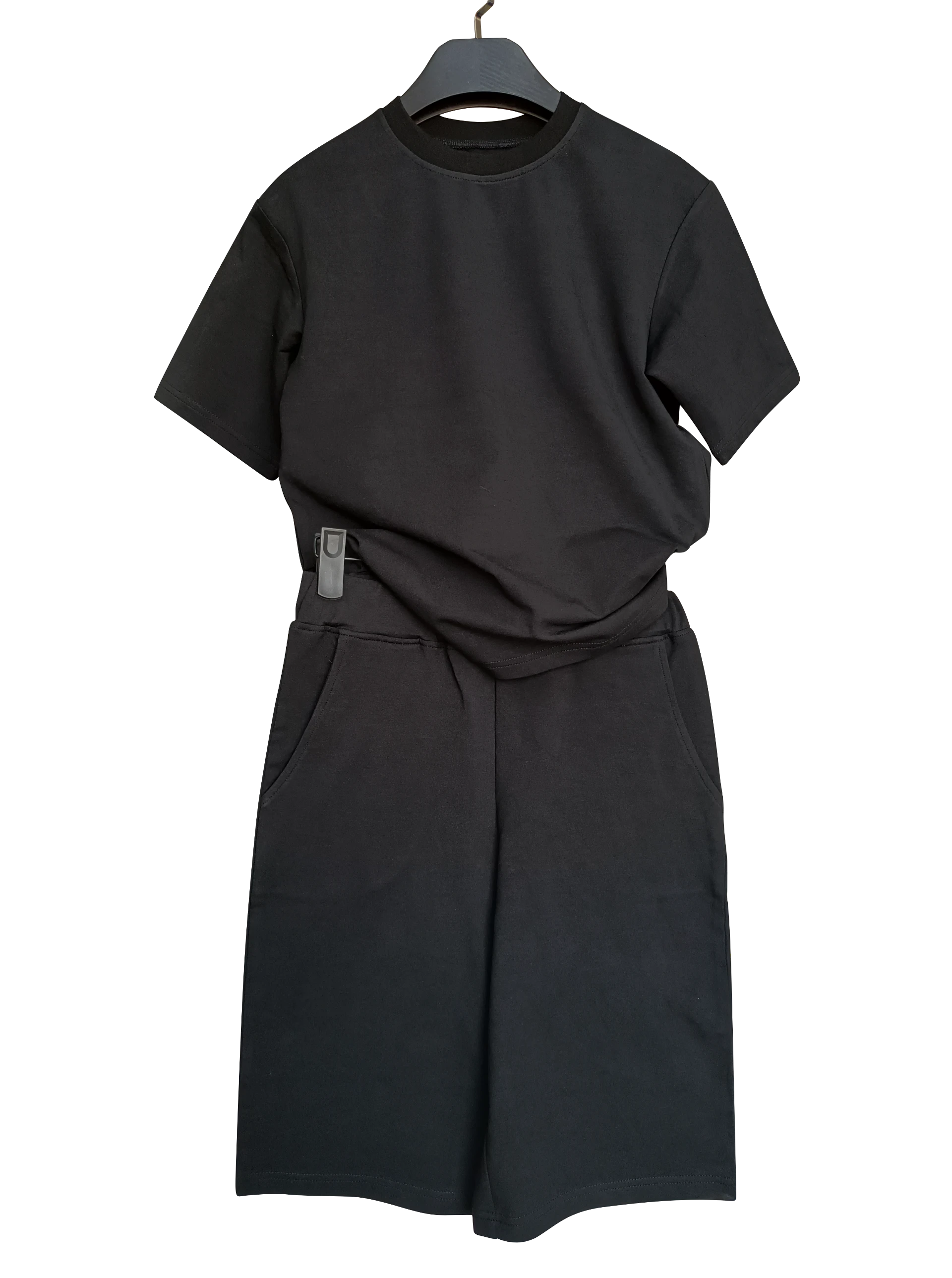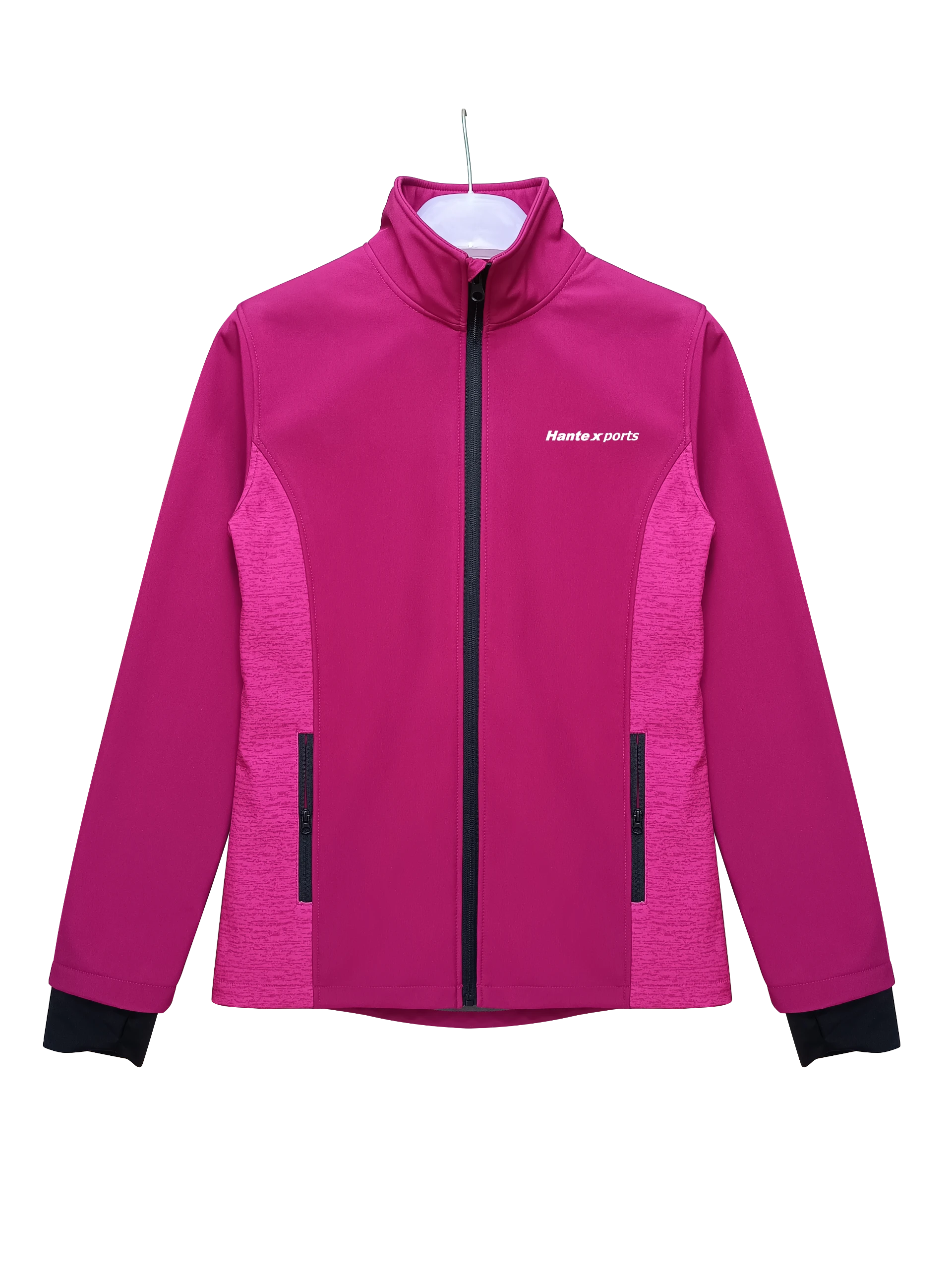The Rise of Plastic Rain Jackets A Sustainable Choice for Rainy Days
As the climate continues to shift, unpredictable weather patterns have become the norm in many parts of the world. One thing remains certain rain will come, and staying dry is paramount. Enter the plastic rain jacket—a practical, affordable, and increasingly eco-conscious option for dealing with unexpected downpours. This article explores the evolution, benefits, and challenges of plastic rain jackets, highlighting their role in modern outdoor gear.
The Evolution of Plastic Rain Jackets
Rain jackets have come a long way since their inception. Initially made from natural materials like rubber, the introduction of synthetic fabrics in the mid-20th century revolutionized the outerwear industry. Nylon and polyester emerged as popular choices due to their durability and water-resistant properties. However, the environmental impact of these materials began to raise concerns among consumers and manufacturers alike.
In response, many brands have shifted towards using recycled plastics in their rain jacket production. This transition not only addresses the issue of textile waste but also helps reduce the demand for virgin materials. For instance, recycled PET (rPET) derived from plastic bottles is increasingly being used to create lightweight and functional rain jackets that appeal to environmentally conscious consumers. This shift demonstrates a growing commitment to sustainability in the fashion industry.
Benefits of Plastic Rain Jackets
Plastic rain jackets offer several advantages that make them appealing to a wide range of consumers.
1. Lightweight and Portable One of the most significant benefits of plastic rain jackets is their lightweight nature. Many modern designs are easily foldable and can be packed into a small bag, making them perfect for hikers, travelers, and commuters who need protection from unexpected showers without the bulk.
2. Water Resistance Plastic rain jackets are designed to repel water, keeping the wearer dry during heavy rain. Advanced technologies, such as waterproof zippers and sealed seams, enhance their effectiveness, making them suitable for various outdoor activities.
3. Affordability Unlike some high-end outdoor gear, plastic rain jackets are generally more affordable. This accessibility allows consumers from different economic backgrounds to invest in protective outerwear without breaking the bank.
plastic rain jacket
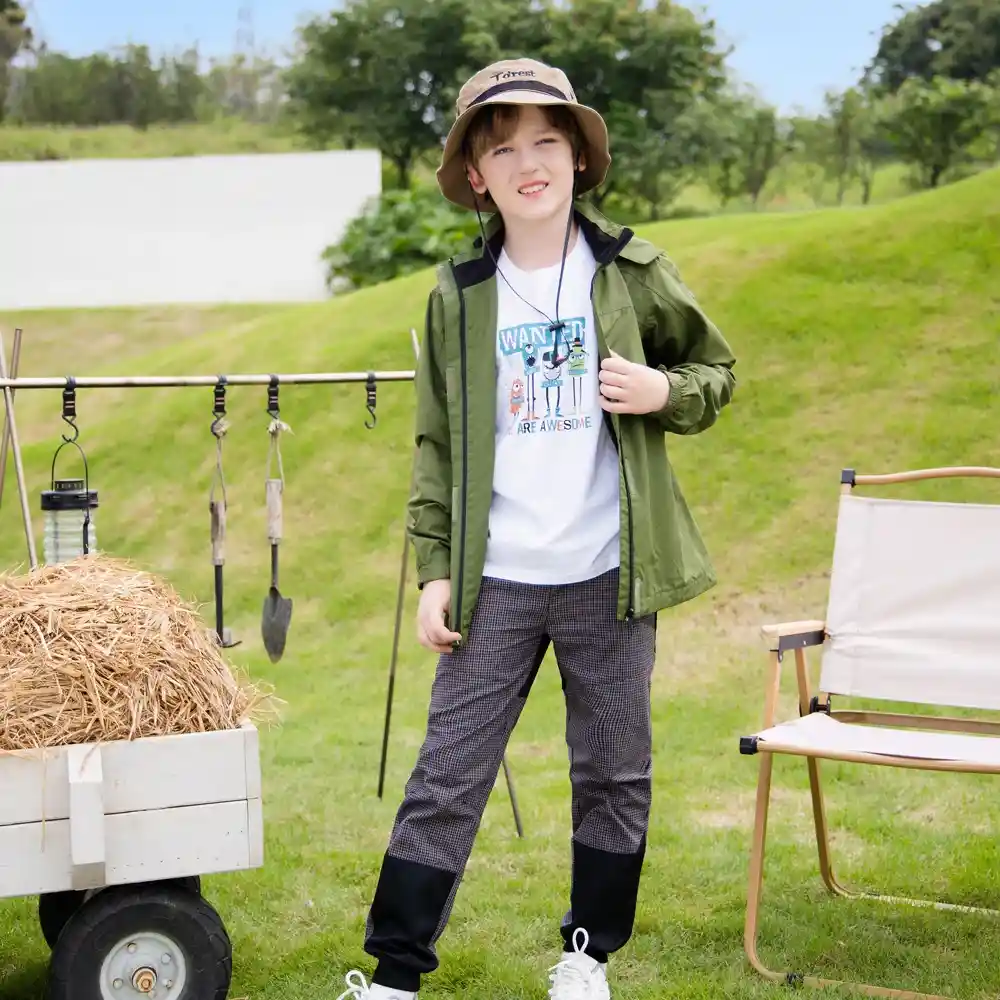
4. Versatility Plastic rain jackets come in various styles and designs, from sleek and minimalist to colorful and patterned. This variety enables consumers to express their personal style while remaining practical.
Challenges and Considerations
Despite the advantages, there are challenges associated with plastic rain jackets that consumers should be aware of.
1. Durability While many plastic rain jackets are made from high-quality materials, they may not be as durable as those made from thicker, traditional fabrics. Users should consider the intended use and the expected wear and tear when selecting a jacket.
2. Breathability Waterproof materials can sometimes lead to trapped heat and moisture, causing discomfort during physical activities. Some brands have developed advanced breathable fabrics, but it’s essential to research and choose a jacket that balances water resistance with breathability.
3. Environmental Impact Although recycled plastics are a more sustainable option than virgin materials, the production process still involves energy consumption and emissions. Consumers are encouraged to look for brands that prioritize ethical practices and sustainability in their production processes.
Conclusion
As we navigate an increasingly unpredictable climate, plastic rain jackets stand out as a practical choice for staying dry during rainy weather. With options made from recycled materials, these jackets cater to the growing demand for sustainable fashion. However, consumers must remain vigilant, considering durability and breathability, to ensure their investment meets their needs.
Ultimately, as we continue to embrace eco-friendly alternatives in our everyday lives, the plastic rain jacket serves as a reminder that functionality and sustainability can go hand in hand. So, the next time you prepare for a stormy day, consider donning a plastic rain jacket—not just for your comfort, but also for the planet.
